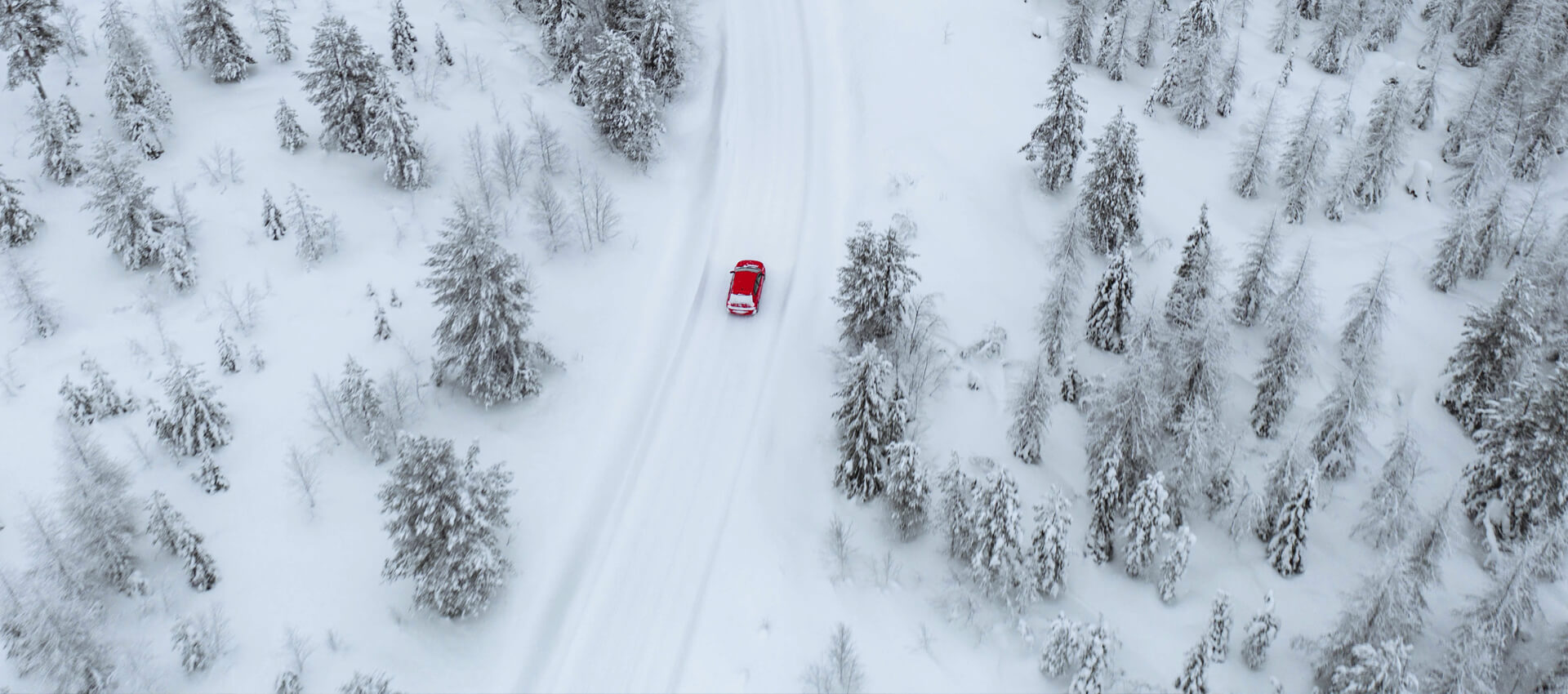How to prepare for winter driving

Driving in wintry conditions can be scary, especially if you’re doing it for the first time.
To help you prepare for winter driving, we asked Mark Barclay, Ecommerce Manager of GSF Car Parts, to share some top tips for staying safe while on the roads. Even for the most experienced drivers, driving in winter can be dangerous. Call-outs to emergency breakdown services were expected to rise 20% in December 2018 alone, with as many as one in 20 motorists suffering a problem with their car, according to the Daily Mail.
Fortunately, there are some steps you can take to minimise the risk of running into trouble. In this article, I’m going to explain the best way to plan and prepare for winter driving, discuss how to make sure your car is well-maintained, and give you some tips for driving on snow and ice.
Plan ahead
Before you even set foot in your vehicle, it’s vital that you plan your journey carefully. These days there are plenty of apps that can do this job, and some will even provide you with live traffic and weather updates, making your journey as smooth as possible. It is also wise to leave yourself extra time before journeys, so you are able to clear the car’s windows, mirrors, and lights, as well as remove any snow from the top of your roof.
Depending on conditions, you may also want to leave extra time for the journey itself. You’ll need to drive much slower if you want to be safe on ice and snow, as your tyres will have much less grip than they usually would. Driving slowly gives you more time to react to changing situations and allows you to pay attention to everything that is going on. Having extra time in your plan will also mean you won’t have to rush should you get stuck behind traffic.
Be prepared
To keep yourself as safe as possible this winter, it is wise to regularly inspect your car to make sure all your levels are topped up and everything is in working order. You must also check that all your tyres are inflated to the ideal levels for wintry conditions. You can find this information in your user’s manual. You should also inspect your spare tyre, so you won’t be caught out if you do run into trouble.
Regular checks should be made on the fluid levels of your radiator coolant, windscreen wash, and oil to avoid running into any problems when out on the road. It can be prudent to carry back-ups of each liquid in the car in case of emergency. You should also regularly check and clean the windscreen wipers and lights to ensure you have maximum visibility as you don’t want wipers smearing dirt across the screen while driving at night.
Driving in snow and ice
Snow and ice on the roads drastically increase stopping distances and decrease the control you have over the vehicle. That’s why it is recommended to accelerate and decelerate slowly, applying your foot to the acceleration pedal slowly to maintain traction and prevent the car frim skidding. You will need to break much earlier than usual for junctions and red lights, so take your time at first and get a feel for how your car operates in poor conditions.
Where possible, try to avoid stopping on ice or snow as it’s much easier to speed up while still moving than moving from a standing start. If faced with hills or inclines, it is tempting to speed up, but doing this on snow-covered roads will only cause your wheels to spin. Try building up enough speed beforehand to carry you up the hill smoothly and, once at the top, descend slowly while braking. Ultimately, the best advice is to stay at home if you can and don’t drive unless absolutely necessary.
Don’t drive drunk
We all know that drink driving is dangerous and should never be attempted. But many people seem to forget that they can still have alcohol in their system the morning after a night of drinking so, even if you feel fine, you might be over the limit. So much so that 28% of motorists that were caught drink driving in December 2017 were stopped by police the morning after a night of drinking, according to Confused.com.
The same data also revealed that as many as 20% of motorists don’t know how long they should wait between drinking and driving. The standard measure is to allow one hour for each unit of alcohol, plus an extra hour for your first drink to allow it time to pass through your system. One unit of alcohol is the equivalent to drinking a 2ml shot of a 40% spirit, half a pint of standard strength beer, or half a standard glass of wine.
Winter is the most dangerous time of the year to travel, and journeys should be avoided where possible if the road conditions are hazardous. If you do have to drive, follow the tips above and be as safe as possible.


